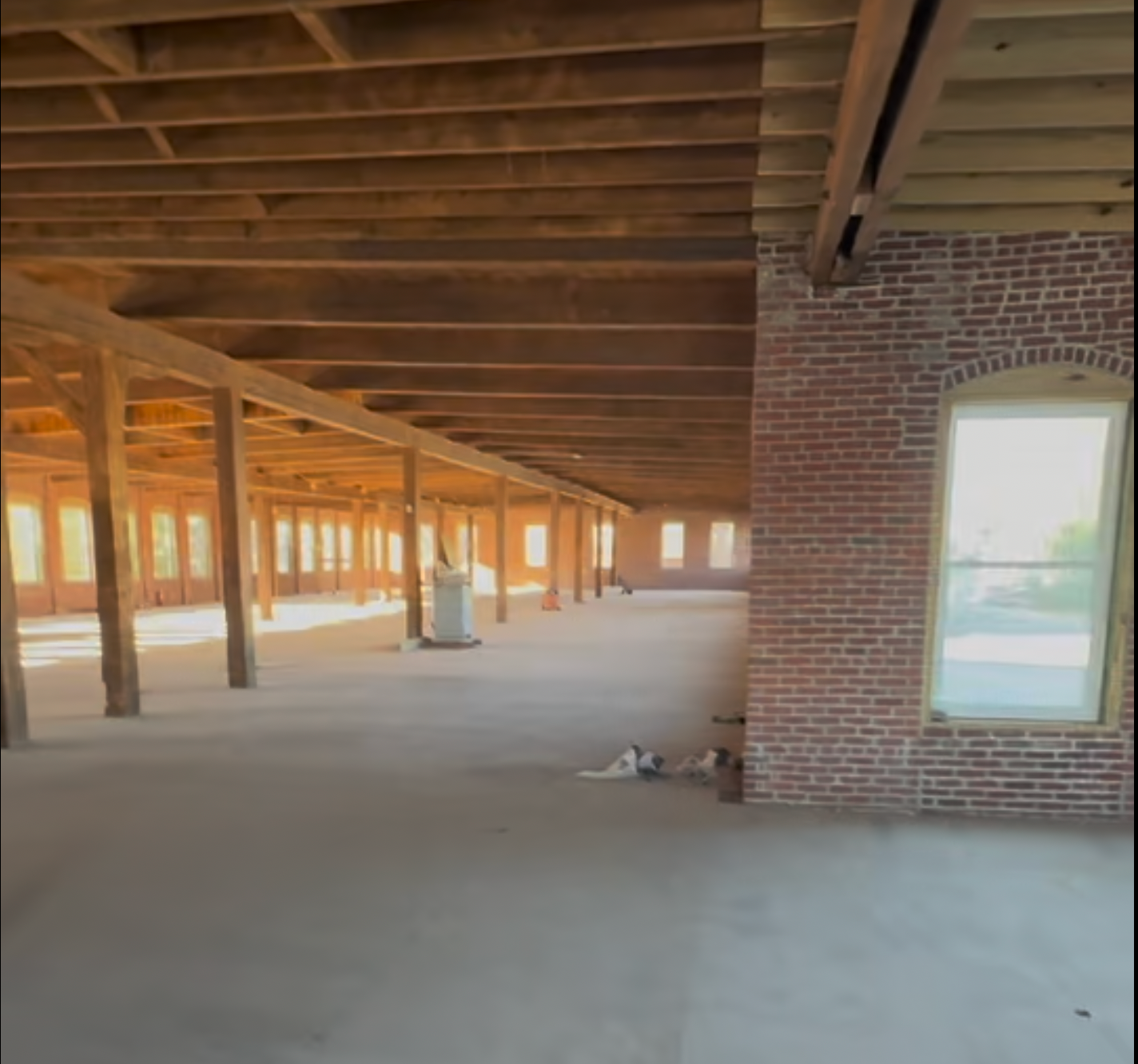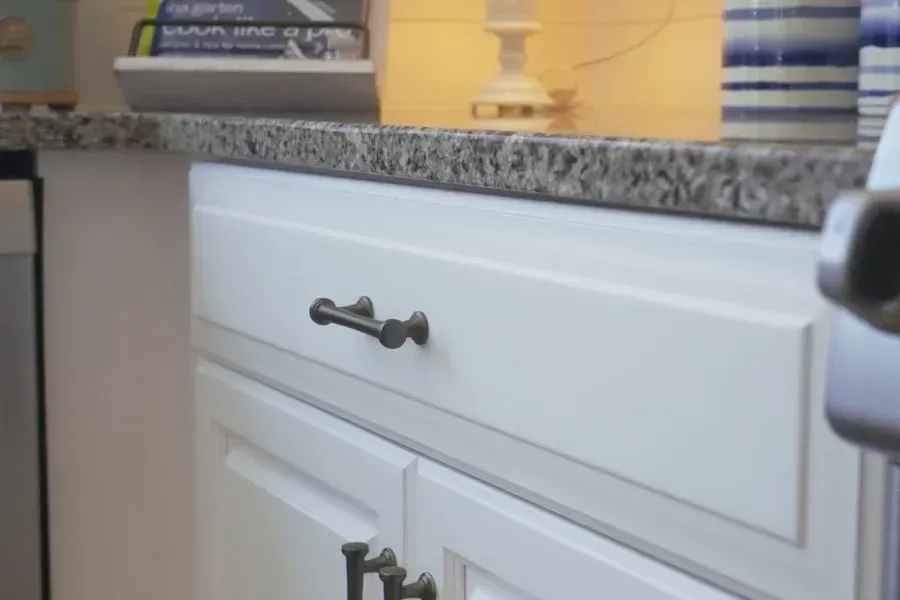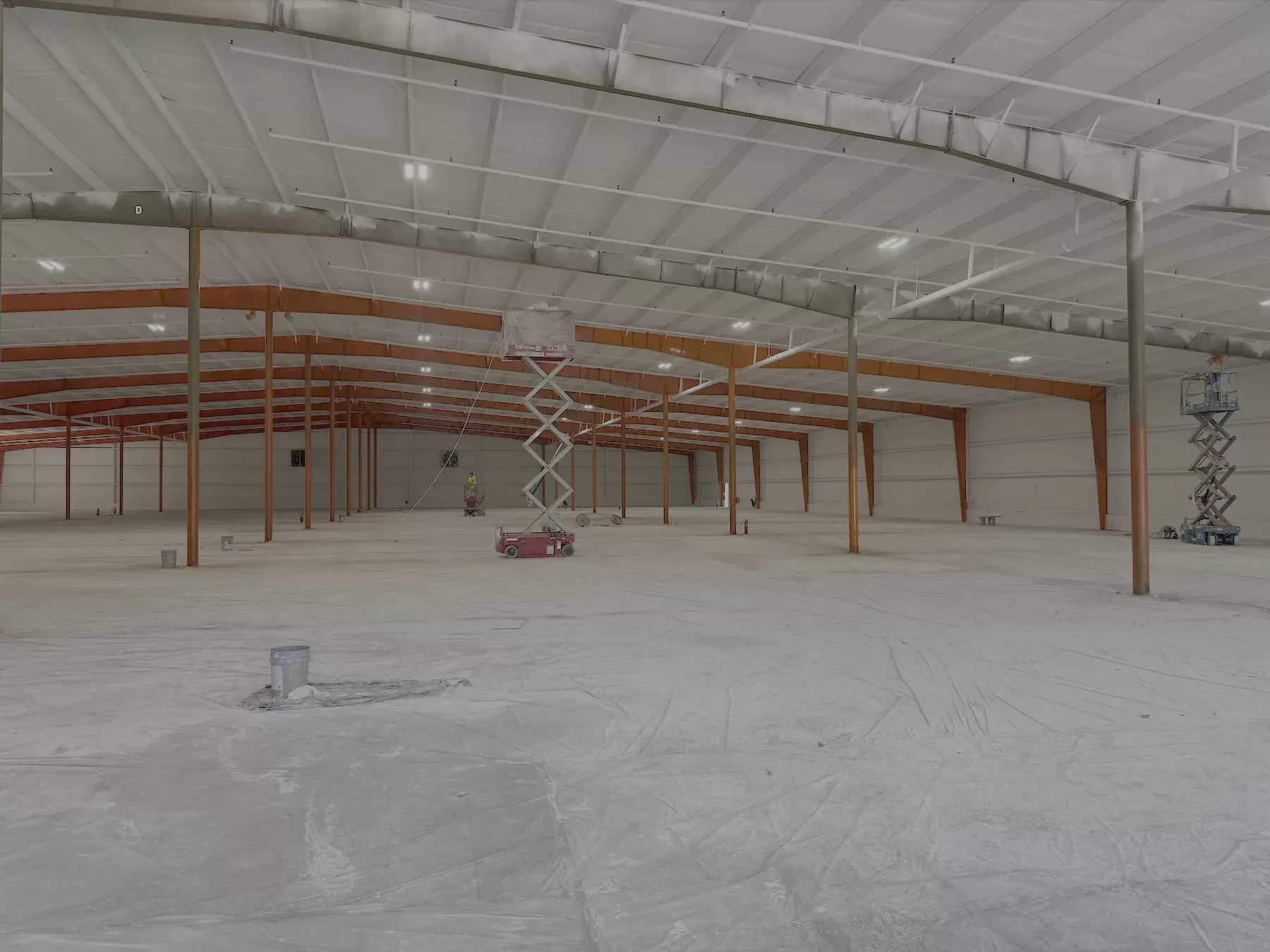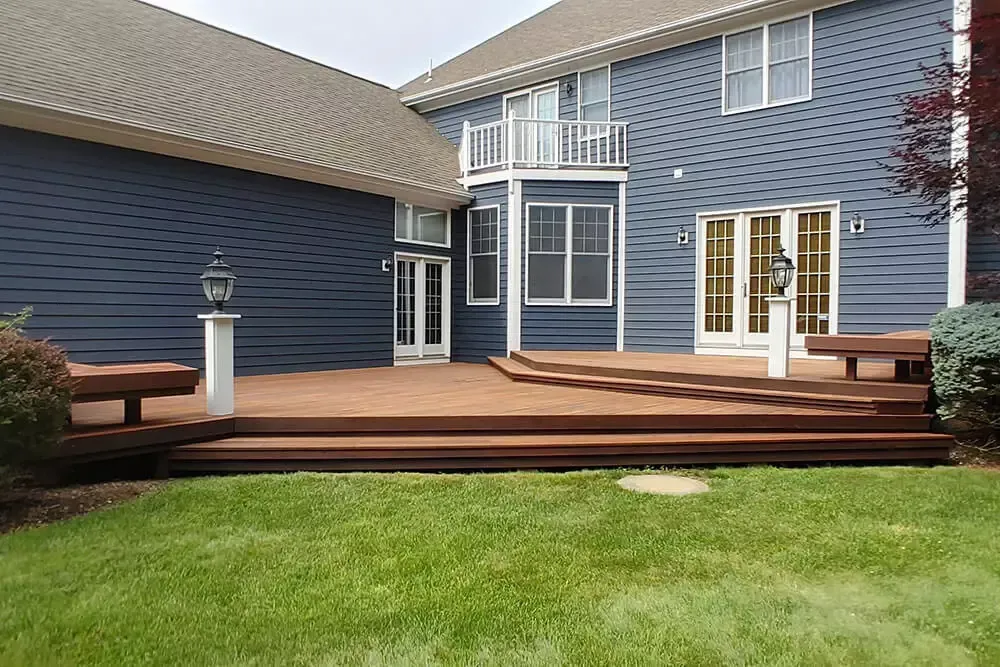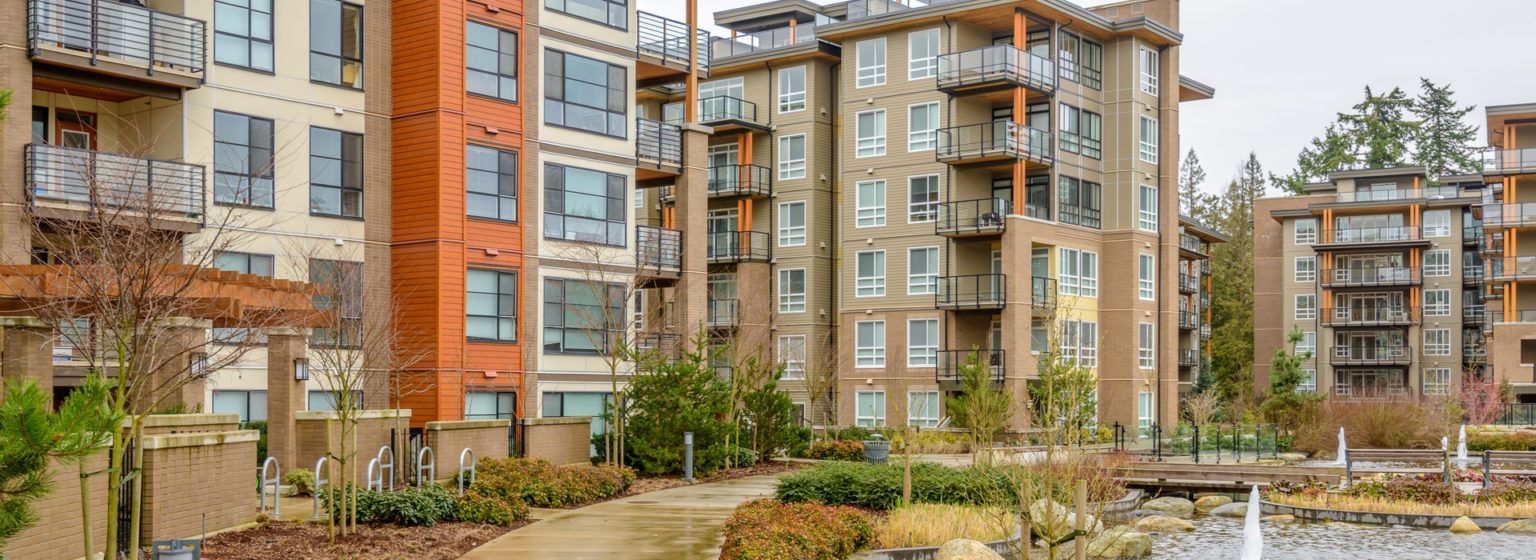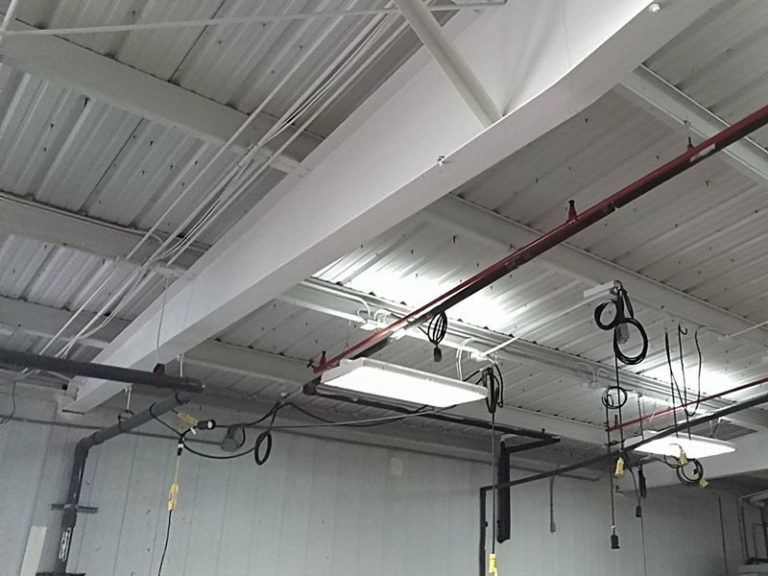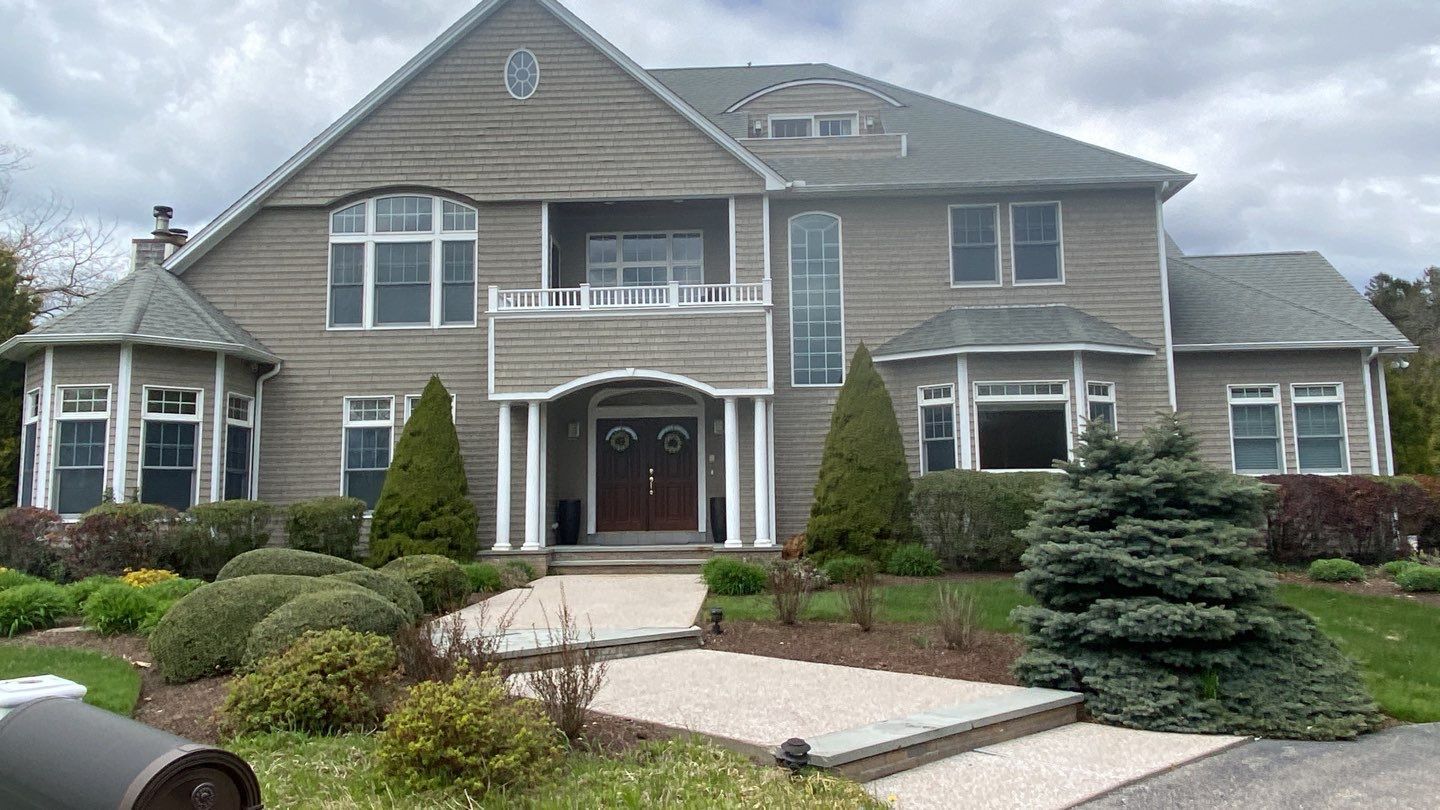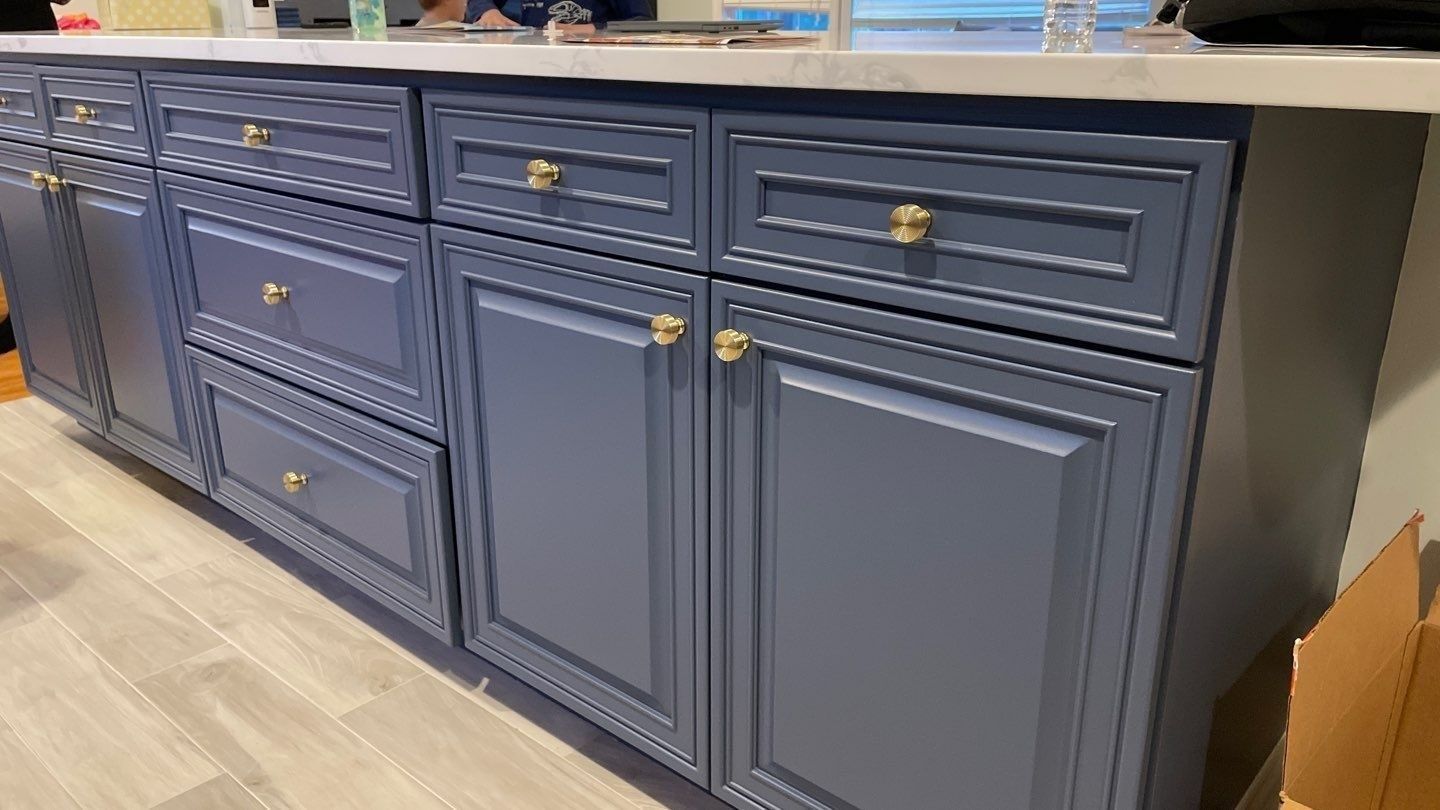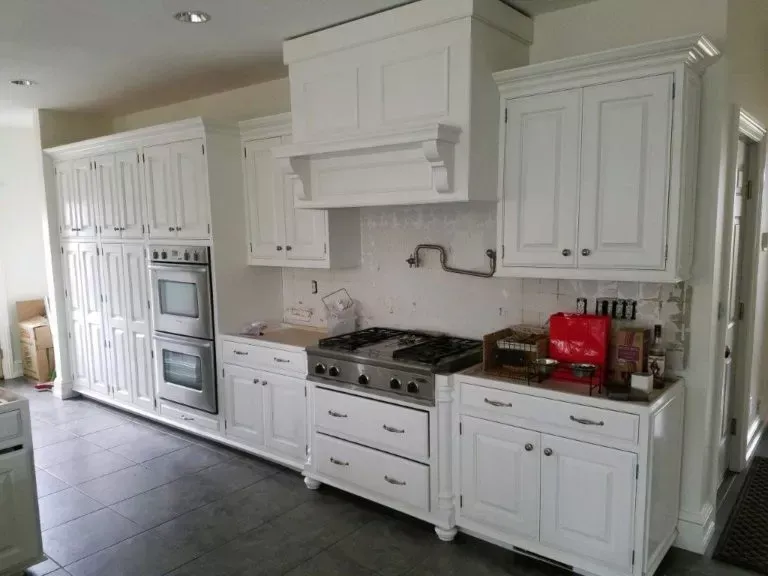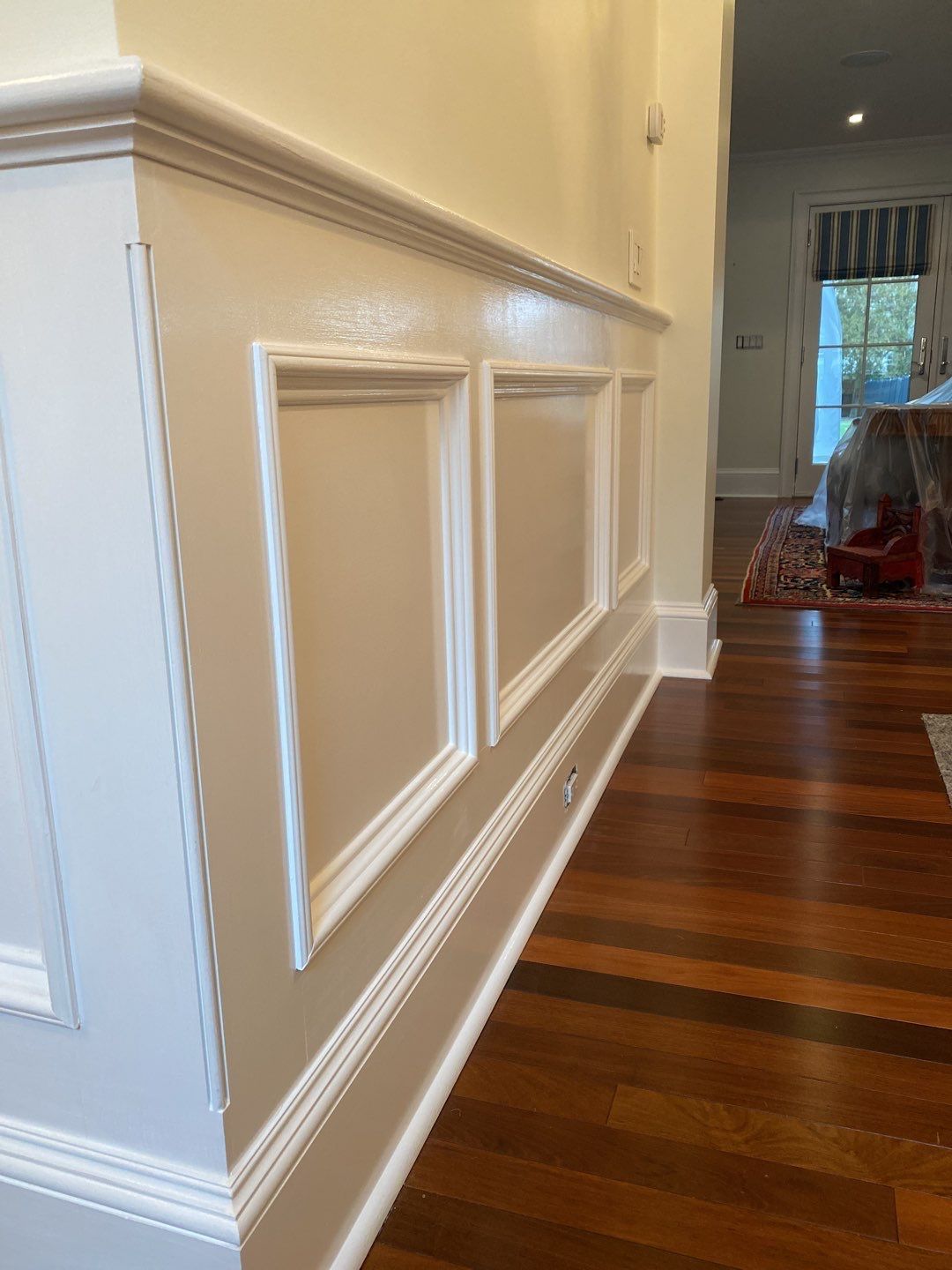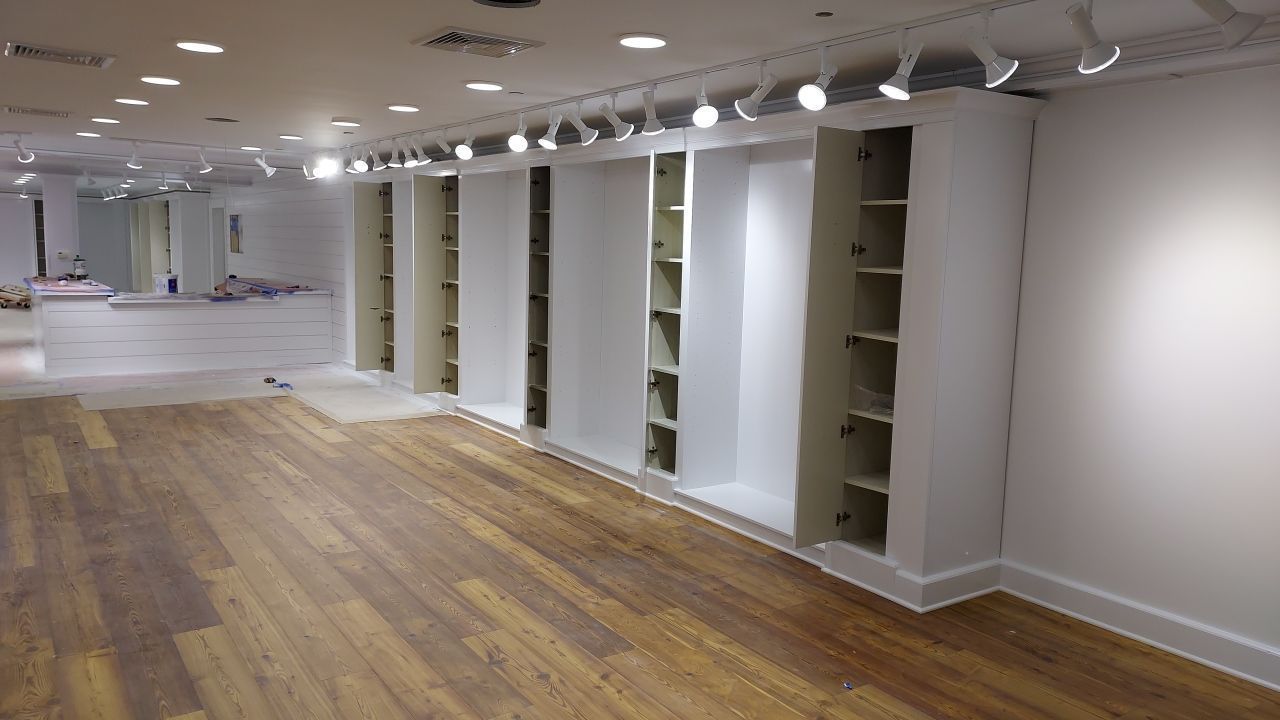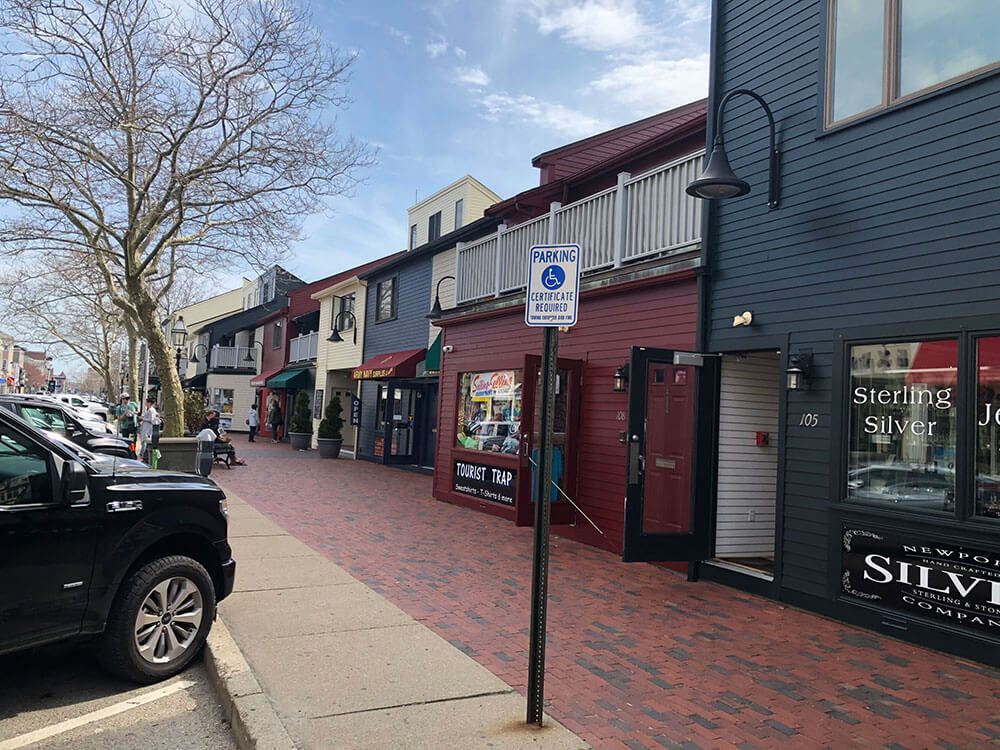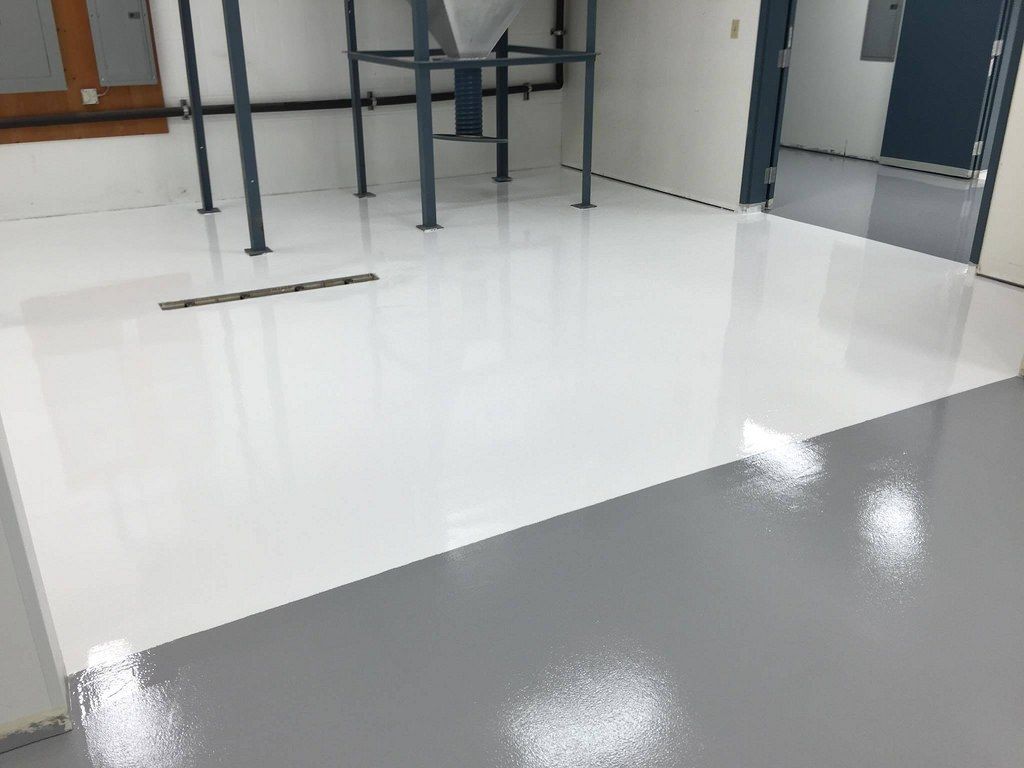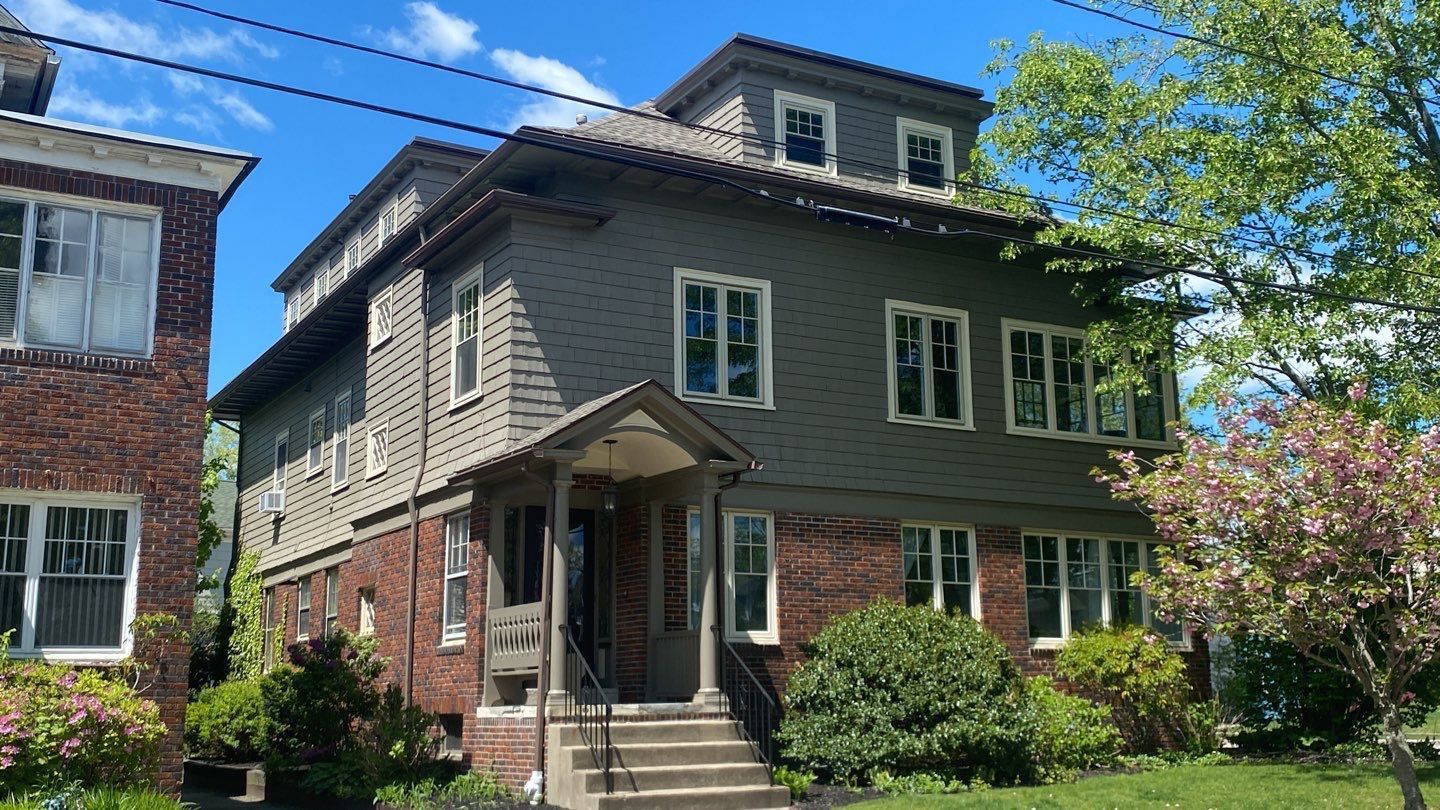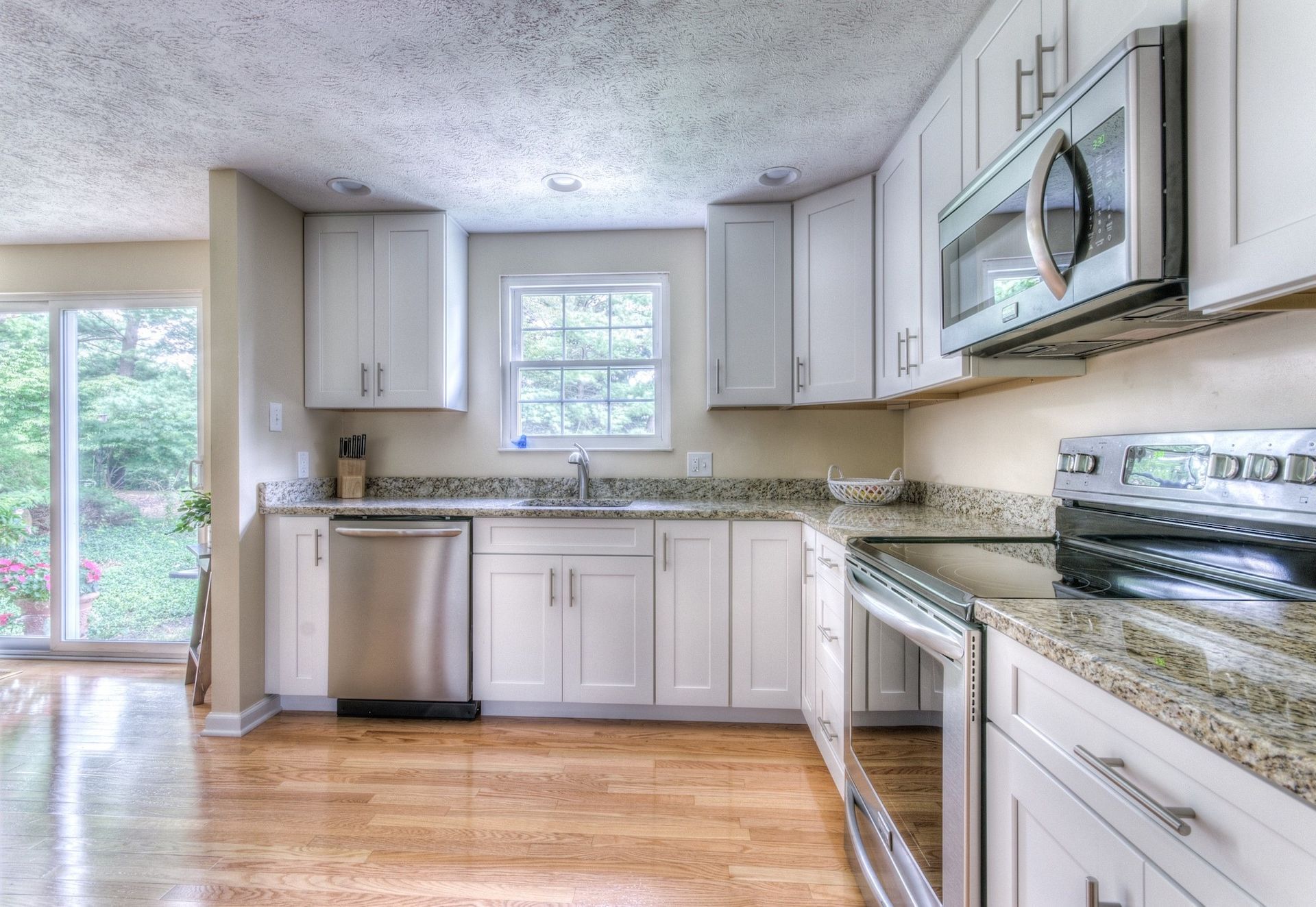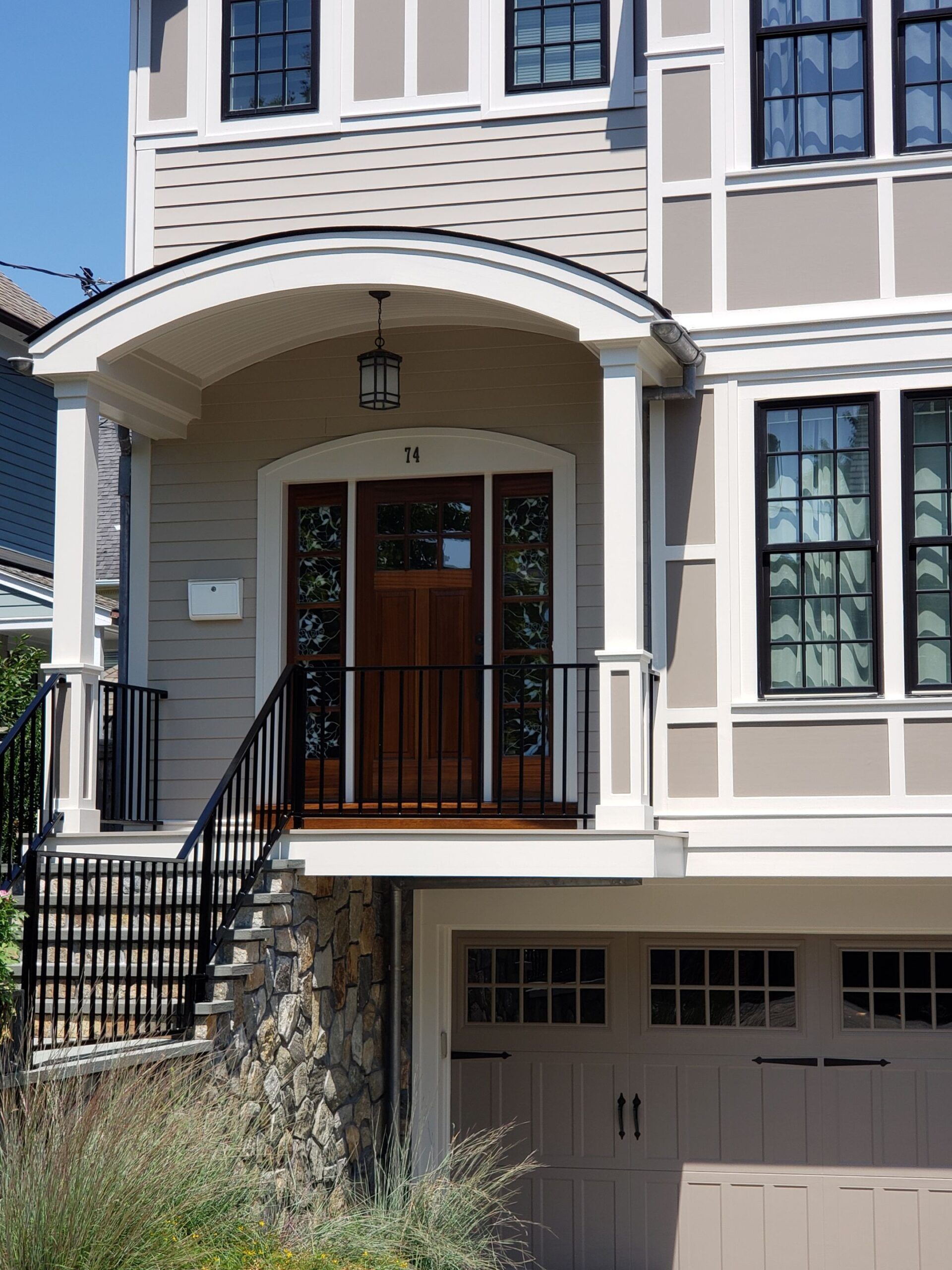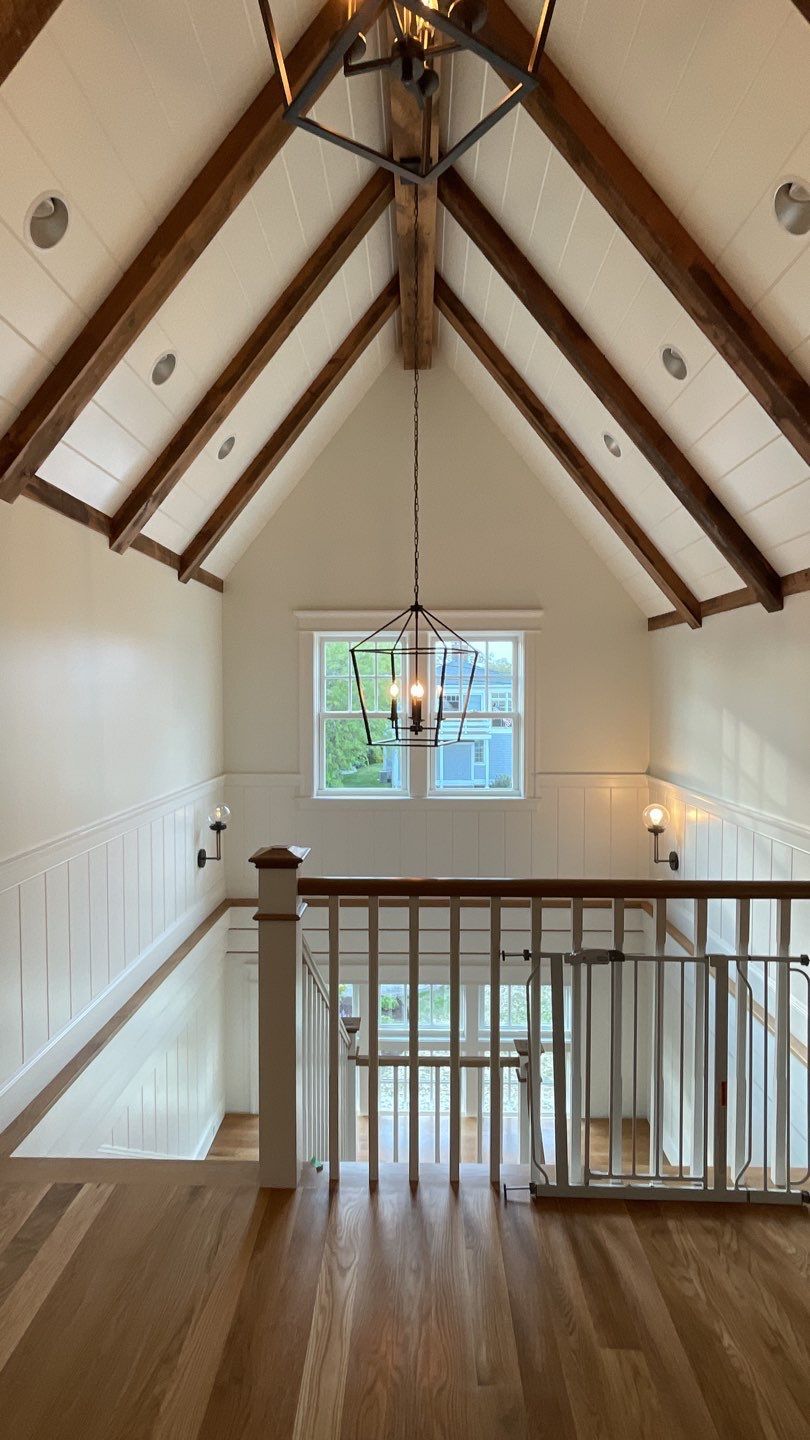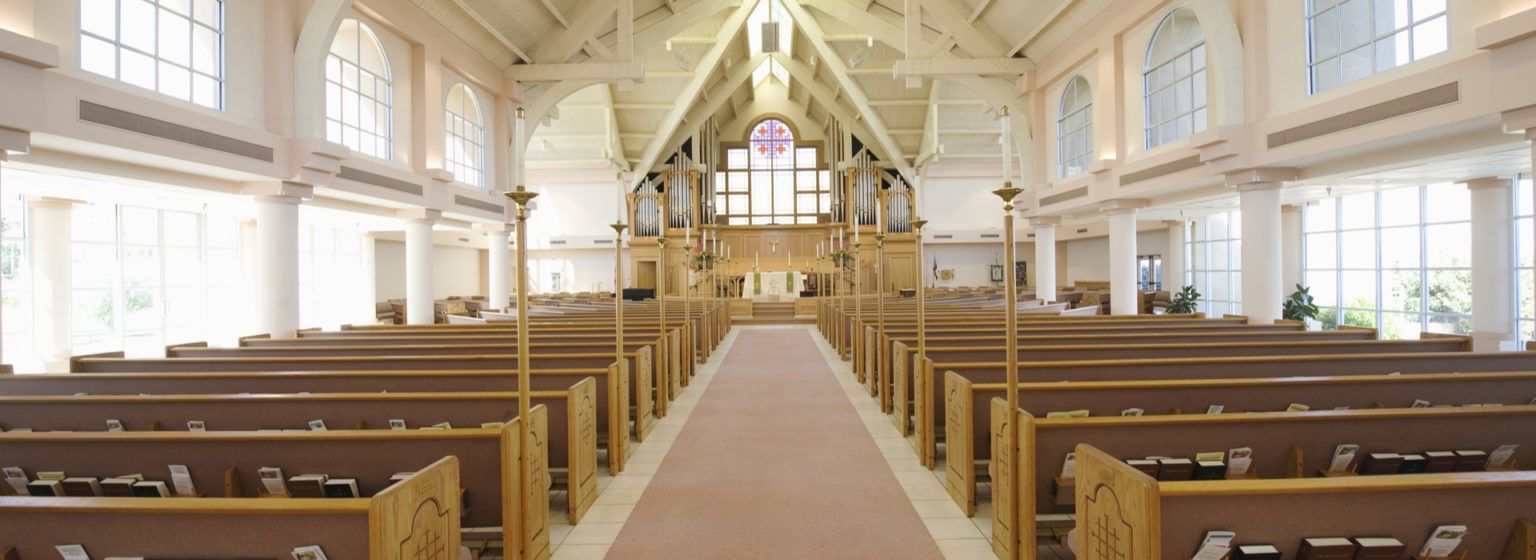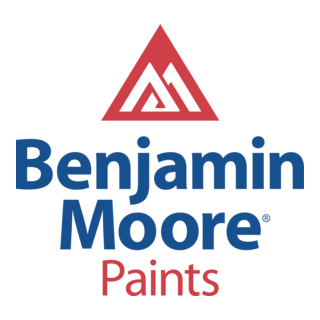Getting Multiple Bids
It is pretty much industry standard to reach out to 2 or 3 contractors to get a price on your upcoming project. Is it really necessary? Depending upon the situation it may be, then again, it may not be in your best interest.
If you have worked with a contractor before and you have a good relationship with them and they are trustworthy, you should stick with them. If you are sensing a lack of trust or an inability to perform your particular job then by all means, call someone else to get another quote.
If you are seeking out a contractor and are not sure where to start, just call 1 company at a time and get a quote. If you get a good vibe and feel comfortable with the company and the numbers then there is really no need to go any further, hire them! If a company is unable to get a number to you or unresponsive it is time to move on. If you get a bad vibe, do not connect them or outright just do not like who came to your door, move on and seek another bid.
Calling several companies to come out at the same time creates a bad scenario for your job. A painters’ interest in your job is cut in half when they are walking around your property with “other” painters who they know are notoriously cheaper. They can become defensive and uncomfortable and it does not give you as the homeowner the one on one time to interview your potential contractor. The more people you talk to, the more confused you get. The more numbers that you get, the more confused you will be because they are more than likely going to be all over the map. Who is right?
Bidding jobs out is common for large construction management companies with purchasing power. It is not always necessary for your home. If you like someone and there quote is in the ballpark of your budget, HIRE THEM. It will make for a positive working relationship right from the start. When you tell a painter who just spent time out of his/her busy day that you will get back to them after you get your other quotes, it can leave a bad taste in their mouth. If you liked them and felt comfortable, start strong and award the job.
RELATED ARTICLES

